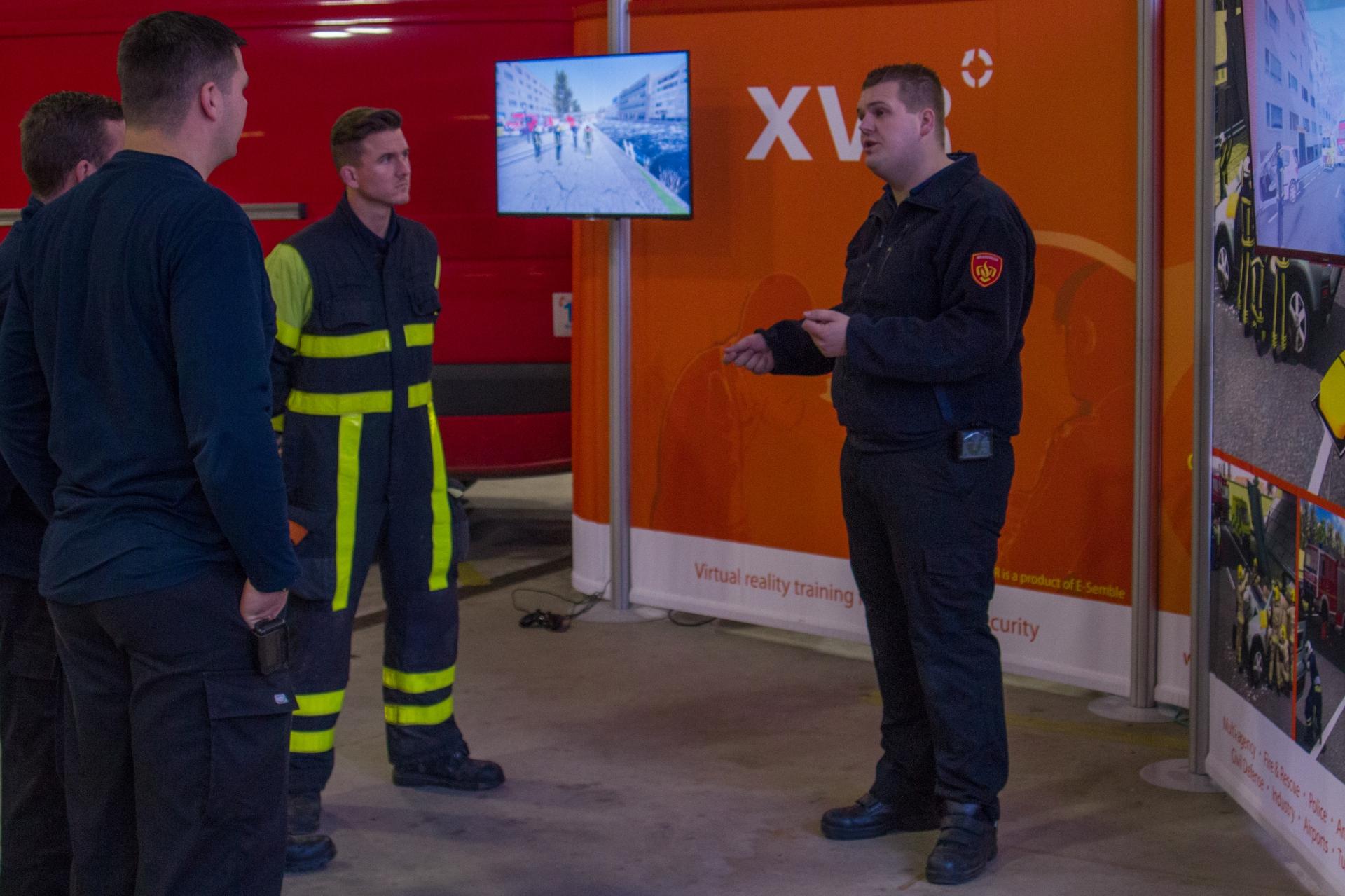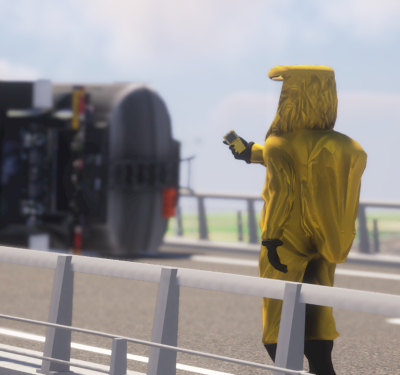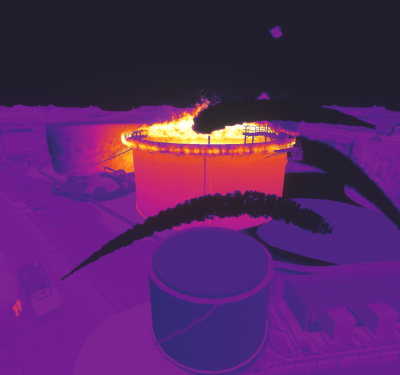The responsibilities of the XVR Instructor
By Emiel Stevens - Being a candidate in XVR On Scene can be quite overwhelming and stressful as the user needs to process information and take decisions under pressure. The XVR Instructor is present during such a demanding simulation in XVR, making sure the candidate has an effective learning experience. In this blog I will be talking about what it means to be an instructor during an XVR On Scene training.
Set learning objectives
Critical in providing the candidate with an effective learning experience is a clear definition of learning objectives. What do you want to practice? What kind of incident and who’s involved? These are just some of the questions you need to ask yourself before building the scenario in XVR. My colleague Edwin has already extensively addressed the preparation of the training in an earlier blog. Read more about preparing for a training here.
Setting up the training
After the learning objectives have been set and the scenario has been built up and thoroughly tested, it’s time to put candidates to the test. Before starting the exercise, go through the controls, even with experienced XVR users. Letting the candidate acquaint himself with the system prevents possible issues that might rise up during the training. Also provide the candidate with information about the situation he is about to encounter.
Guiding the candidate
As an instructor, it is your responsibility to ensure the candidate achieves the set learning objectives, while also putting the candidate to the test mentally. The instructor guides the candidate through the scenario and all the learning points to get the most out of the learning experience. To achieve this the instructor needs to communicate clearly and possess excellent didactic skills.
Experience is essential
Having experience in interactive training and incident command is essential during an XVR On Scene simulation. The instructor will benefit greatly from having experience and thus the candidates as well. You will not only be able to address specific protocols and procedures, but you are able to empathize with the candidate and what he is going through when assessing a situation.
Evaluation
XVR On Scene offers several options for the instructor to evaluate a candidate. Even during a training activity, the training can be paused, for example to intervene or discuss alternatives. I recommend this only if the momentum is important to the learning experience of the candidate, as pausing the training is not beneficial to the immersion and realism the candidate undergoes.
XVR instructor support
It’s evident that the instructor is significant for the learning experience XVR Simulation offers. XVR therefore has several options to help instructors to improve their training capabilities. During the Train the Trainer sessions we teach skills to instructors to get the most out of the system. Furthermore we have partnered up with Coventry University, Incident Command Training expert Katherine Lamb (effectivecommand.org) and several other parties who are able to assist instructors to better themselves.
About Emiel Stevens
Emiel Stevens works as a consultant at XVR Simulation. Before working at XVR he was instructor industrial firefighting and hazardous substances at Falck Fire Academy. Part of Emiel’s job at Falck was also being an XVR Operator. For more information about the role of operator and instructor, or if you want a train the trainer course, please contact Emiel at Stevens@xvrsim.com or visit xvrsim.com




.png?resolution=400x375)